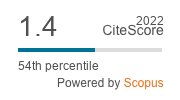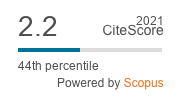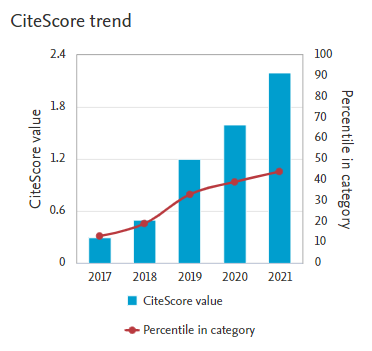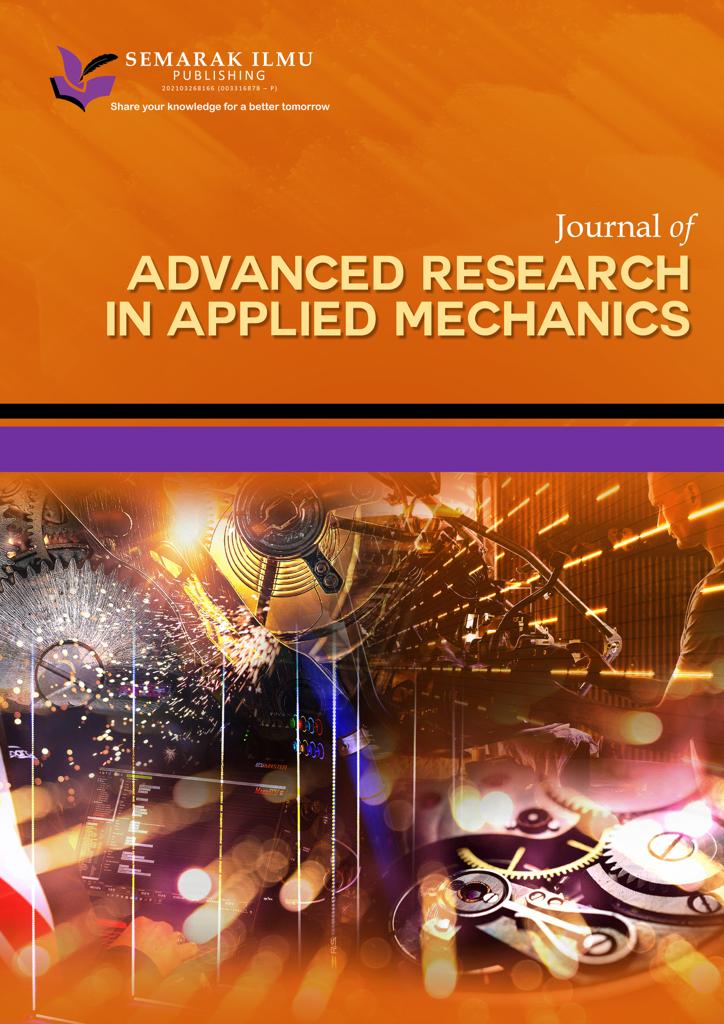Capability Prediction of Lithium-ion Battery based on Analysis Main Characteristic of Direct Testing of Electrical Engine
DOI:
https://doi.org/10.37934/arfmts.119.2.173184Keywords:
Electric engine, battery, ion lithium, LFPAbstract
Lithium-ion batteries have been successfully used in electric machines by predicting battery pack capabilities based on the main characteristics produced. The research aims to analyze the capability of LFP lithium-ion batteries as the main electrical energy supply for electric machines. The focus of this research lies in the characteristic aspects of the battery assembly structure in the form of a 48V/20Ah (960 watt) cylindrical cell pack which varies the electric engine speed at 500 rpm, 1000 rpm, 1500 rpm, and 2000 rpm. The correlation between these two aspects influences the characteristics of the LFP lithium-ion pack battery. The method used is direct experimentation with a circuit set up connected to a propeller rotation load connected to the electric engine ass. The direct testing method on a BLDC electric engine is something new and has never been done before. Generally, testing is carried out in the laboratory using constant loading. Meanwhile, in direct testing, it is hoped that there will be fluctuations in loading which will indicate suitability when the battery will be implemented. The research results show that the LFP lithium-ion pack battery has several characteristics, including a voltage range of 55 V – 44.19 V. The resulting charging capacity is 33.44 Ah and the discharge capacity is 22.33 Ah. Experimental testing of electric machines shows that the battery experiences a voltage drop at the point 50 – 49.5 V; 49.5 – 49.0 V; 49.0 – 48.75 V. The voltage-current profile shows a decreasing transition in the initial voltage. In the range ≤ 47.0 V, the battery voltage-current will decrease quite significantly. The duration of use of the LFP battery pack depends on the rpm used; 500 rpm (33.47 hours), 1000 rpm (18.17 hours), 1500 rpm (13.3), and 2000 rpm (9.5 hours). The characteristics obtained are the main key in predicting the ability of LFP lithium-ion battery packs to supply electrical energy to electric machines.
Downloads

























